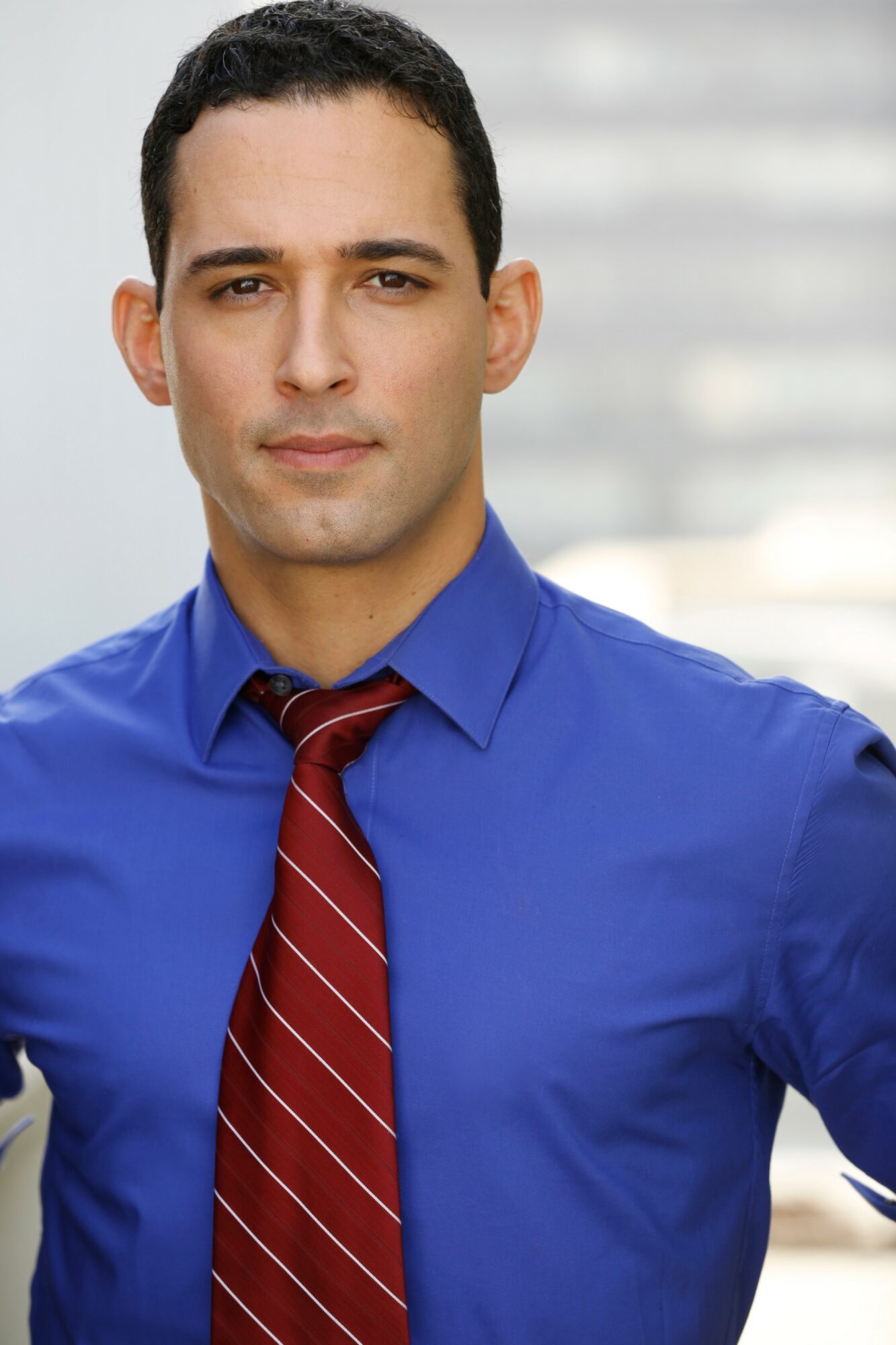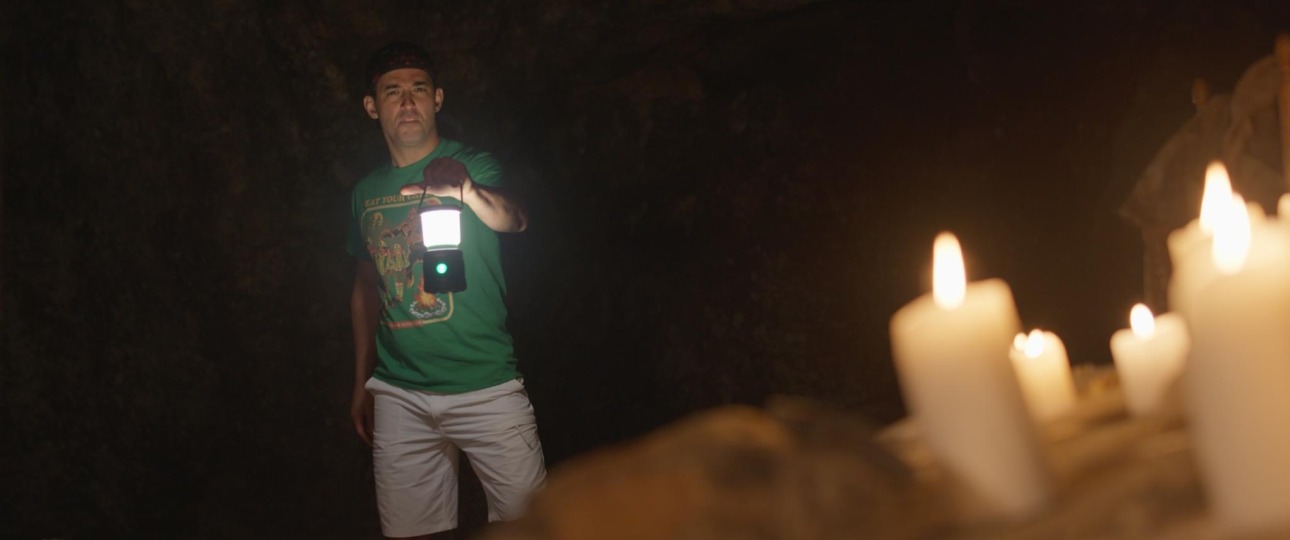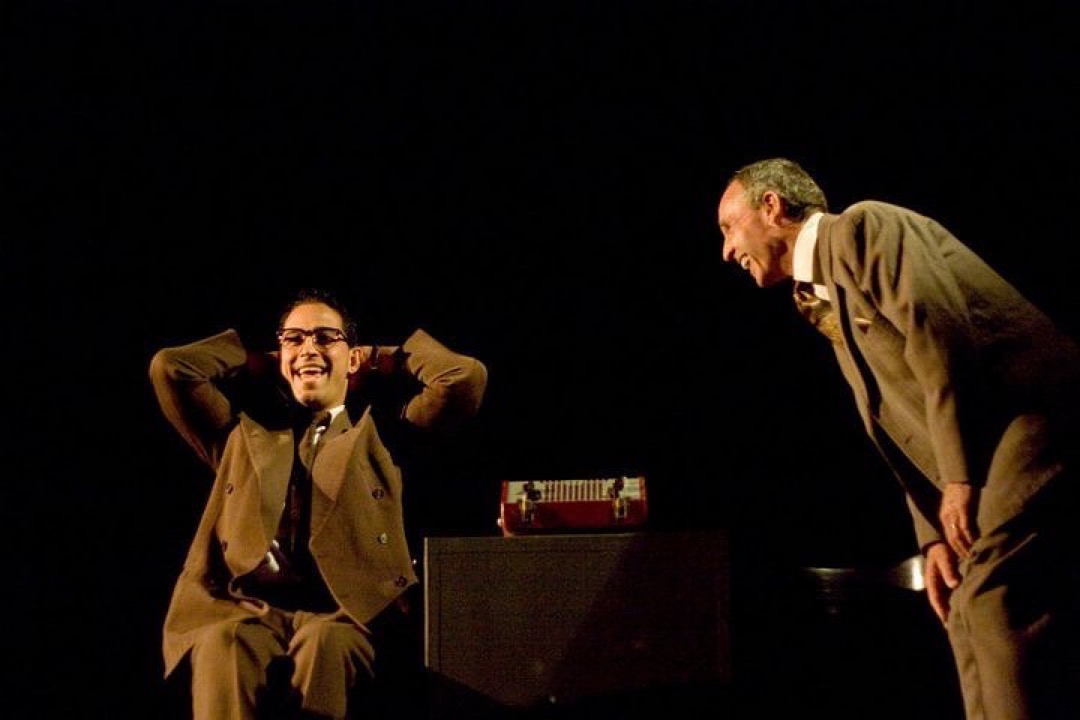

Today we’d like to introduce you to Sassan Saffari.
Hi Sassan, can you start by introducing yourself? We’d love to learn more about how you got to where you are today?
My journey into the arts began long before any kind of formal training. It started with my grandmother, Edith Conklin Weaver. I always say her full name when I speak about her…because I want her legacy to live on. She was a painter and a poet, and her home was a sanctuary of creativity and imagination. I actually compiled a book of her poems, a homage called The Given Word. I’d love to share it to the world someday. Her poetry is truly Shakespearean.
As a child, the drives from Massachusetts to her home in Connecticut felt magical, filled with anticipation, like something sacred waited at the end of the road. Walking into her house, I’d immediately smell the paint, the pastels, the energy of her art room. Watching her pour emotion into her work instilled in me a deep sense of wonder and reverence for expression. The art was light, and it was dark. It was everything. That early exposure laid the emotional foundation for everything I do now.
Professionally, my path took shape during my time at MiraCosta College Theatre in San Diego. I threw myself into every opportunity I could find…performing in over thirty productions at my college and professionally in San Diego, and earning recognition through the Kennedy Center American College Theatre Festival. From there, I continued my training through a Steppenwolf West intensive, thanks to a scholarship, and had the incredible honor of being invited to the Kennedy Center as a guest artist. Every stage, every set, every nap in the theatre between rehearsals, every classroom…all of it shaped me. Not just as a performer, but as a storyteller.
I’m sure it wasn’t obstacle-free, but would you say the journey has been fairly smooth so far?
If I could go back, I’d give myself permission to fail…sooner and more often. I used to approach every opportunity like a test I had to pass instead of a space to explore. I treated it like a sport, a game I had to figure out and win right away.
It wasn’t until I began embracing risk and got comfortable with discomfort that real growth started to take root. The lessons began to deposit themselves in me, little by little…coin by coin, like a piggy bank slowly filling. Over time, those experiences and bits of knowledge became embedded in my DNA.
One of my favorite mentors from college, Tracy Hill Williams, used to talk about that. She always reminded us to play well. That phrase stuck with me. Tracy, you were…and are, so deeply inspirational to everyone you touch.
Thanks for sharing that. So, maybe next you can tell us a bit more about your work?
I’m an Actor. If we really want to support artists and build a thriving creative ecosystem, we have to start by recognizing how essential art is to who we are. Art isn’t just entertainment…it’s reflection, resistance, memory, imagination. Supporting artists goes beyond funding or giving them visibility; it’s about creating a culture that values creative voices and protects their freedom to explore, challenge, and inspire.
One of the biggest things we can do is make sure we don’t forget where we came from. Classic films, even going all the way back to The Birth of a Nation, should be studied, talked about, and remembered. Not to glorify, but to understand. The evolution of film and storytelling shows us so much about ourselves, and it lays the groundwork for future generations of artists and audiences. We can’t lose that foundation to convenience or passing trends. That history should be part of the conversation…in schools, in communities, in the mainstream. Every decade matters. All of it.
And now, with AI becoming such a big part of our world, it’s more important than ever to protect the human voice in art. Yes, AI is here, and it’s going to keep evolving…but it can’t replace the soul of the artist. There need to be ethical boundaries in place to protect creative ownership. AI can be a tool, absolutely, but it should never become a replacement. Co-existence is possible, even necessary, but never at the cost of the human experience.
At the end of the day, supporting artists means investing not just in their work, but in their well-being, their education, their history, and their future. It means making space for them in our conversations, our policies, and our everyday lives.
What’s next?
My plans are to keep on creating. To do what I love to do = Happiness.
Contact Info:
- Instagram: https://www.instagram.com/sassansaffari/



















